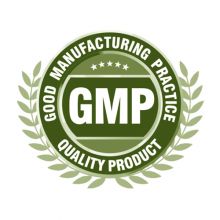EMA on sartan medicines
07.02.2019

Companies that make sartan blood pressure medicines (also known as angiotensin II receptor blockers) are being required to review their manufacturing processes so that they do not produce nitrosamine impurities.
Companies will have a transition period to make any necessary changes, during which strict temporary limits on levels of these impurities will apply. After this period, companies will have to demonstrate that their sartan products have no quantifiable levels of these impurities before they can be used in the EU.
These recommendations follow EMA’s review of N-nitrosodimethylamine (NDMA) and N‑nitrosodiethylamine (NDEA), which are classified as probable human carcinogens (substances that could cause cancer) and have been detected in some sartan medicines.
For the vast majority of sartan medicines, impurities were either not found or were present at very low levels.
The review estimated the highest possible cancer risk with these impurities. It concluded that if 100,000 patients took valsartan from Zhejiang Huahai (where the highest levels of impurities were found) every day for 6 years at the highest dose, there could be 22 extra cases of cancer due to NDMA over the lifetimes of those 100,000 patients. NDEA in these medicines could lead to 8 extra cases in 100,000 patients taking the medicine at the highest dose every day for 4 years.1
The estimates have been extrapolated from animal studies and are very low compared with the lifetime risk of cancer in the EU (1 in 2).
The limits are based on the maximum daily intake for each impurity derived from animal studies: 96.0 nanograms for NDMA and 26.5 nanograms for NDEA. Dividing these by the maximum daily dose for each active substance gives the limit in parts per million (see Table 1).
The transition period, which will last for 2 years, will allow companies to make the necessary changes to their manufacturing processes and to put in place testing regimes able to detect the smallest amounts of these impurities.
After the transition period, companies must exclude the presence of even lower levels of NDEA or NDMA in their products (< 0.03 parts per million).
Sorce: www.ema.europa.eu.

